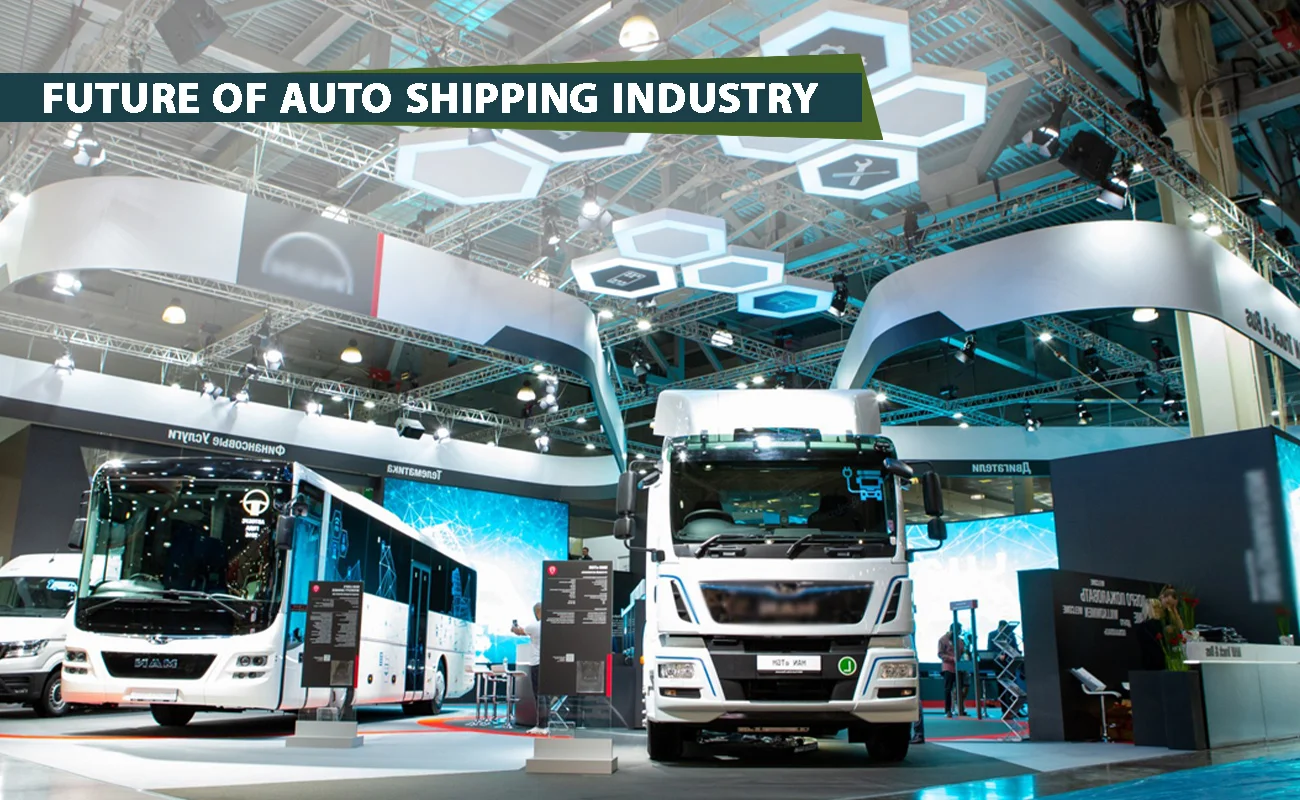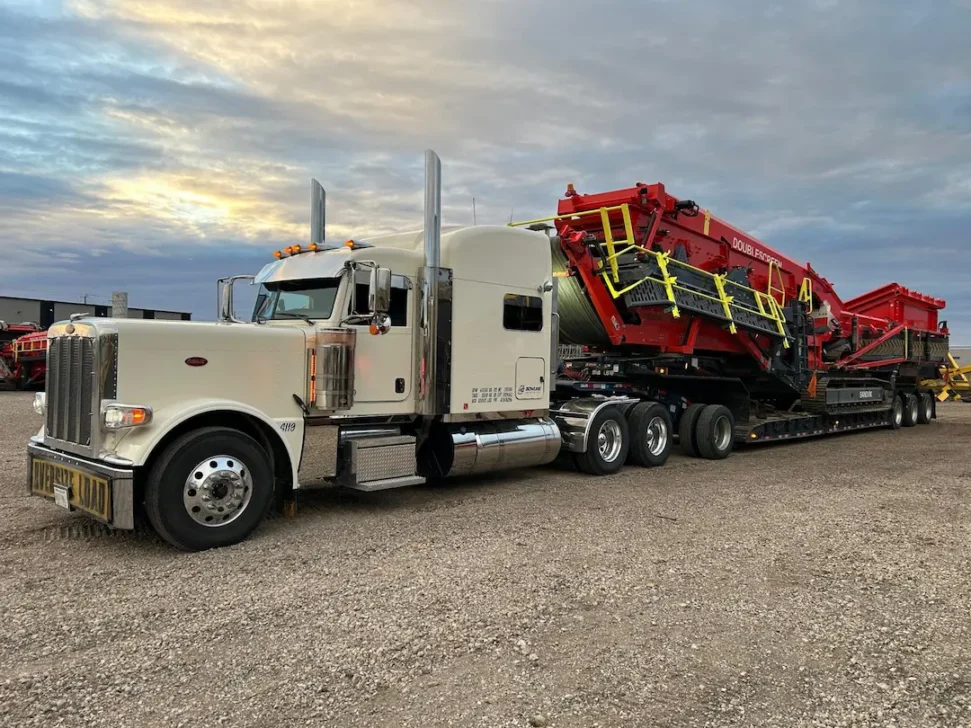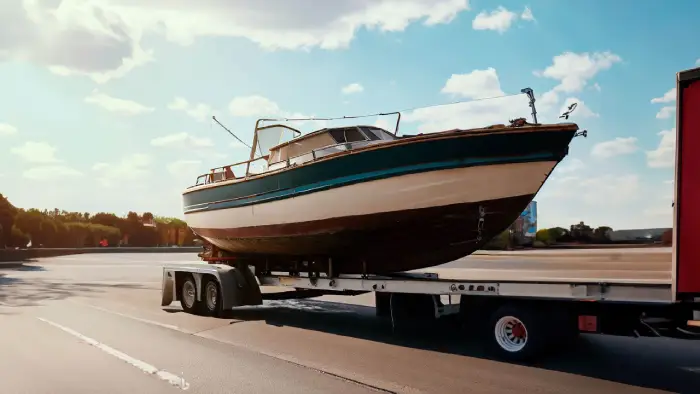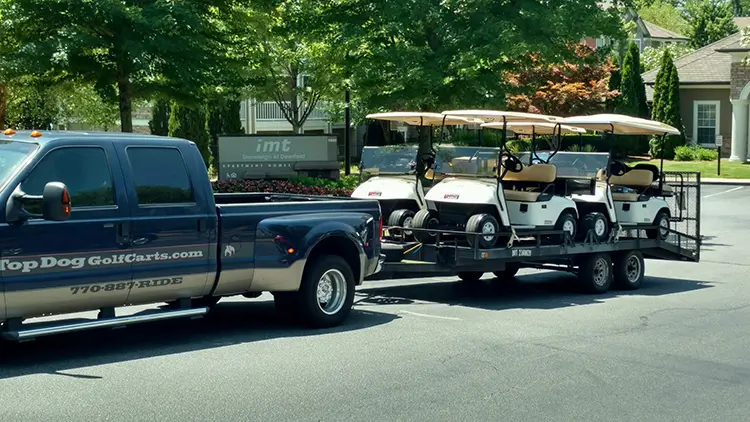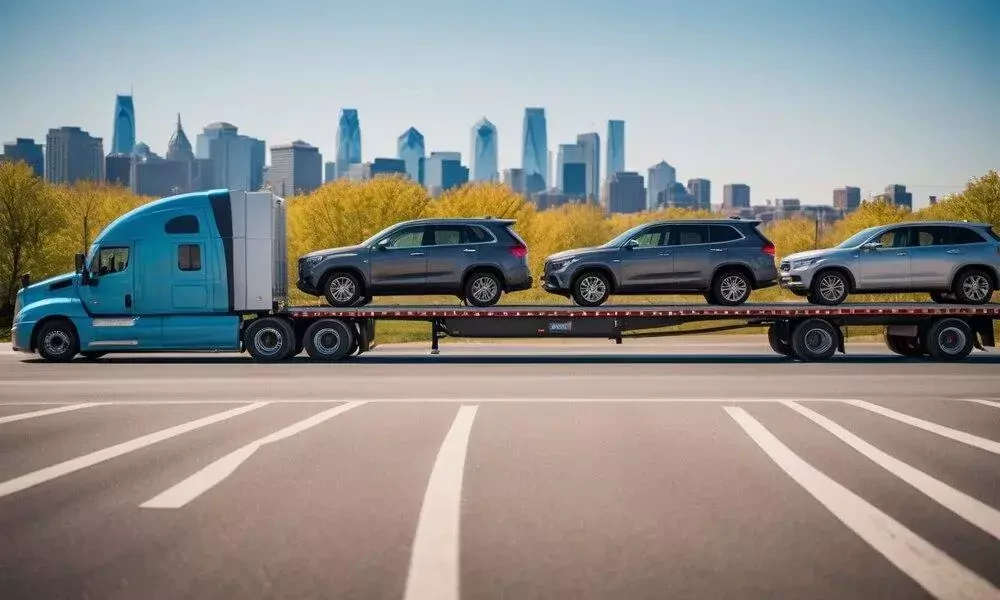Technological advancement has revolutionized our world. Technology has produced amazing tools and resources and putting the world in the palm of our hands. We have access to everything, faster, and autonomous trucks are forthcoming.
Conventionally, business models, processes, and operations in the shipping and logistics industry have been defined by trucks. Nevertheless, the tech revolution has had a tremendous impact on the industry. The extensive amount of data generated by sensors and tracking devices and the technology to grip them are pushing the trucking and logistics business to change for competitive advantage.
Things Holding Back Shipping Industry
As it stands, the way that automobiles are shipped, be they from the manufacturing plant to the dealership, the dealership to the customer, or from one consumer to another consumer. It is doing the same as it has been for the past fifty years. Though some of the technology that shipping companies utilize has changed. The method of auto shipping would not change any time soon. Due to federal regulation, the size of trailers would not vary, and auto shippers will still operate big-rig trucks that can haul 8-10 cars.
In the US, auto transport carriers are currently limited in size. The maximum loaded height can be no taller than 13.5 feet for states on the eastern side of the country and 14 feet high on the western side. The total length of the tractor is limited to 75 feet long with 4 feet of overhang in the back and 3 feet of overhang in front. Width is 102 inches, except for approved safety equipment such as a ladder. The total weight of the carrier, when fully loaded, should not exceed 80,000 pounds.

Silver Lining For Shipping Industry
Industry observers cannot forecast any dramatic changes in equipment. New trailers may get larger, but unless highway regulations change, auto transport trailers are not likely to grow in size. Modern design, nonetheless, will be safer for the operators with improved ramp controls and safer footing on top ramps. Next-generation carriers will have more protective measures, such as padding and additional clearance, to reduce the chance of vehicle damage during loading.
In the future, freight will continue to grow, placing significant demands on freeways. In actuality, the Department of Transport estimates that "… by 2040, nearly 30,000 miles of our busiest highways will be clogged daily. Truck congestion will squander $27 billion in time and fuel economy annually". The overall goal of the automotive innovation industry and the Department of Transportation and Google is to provide autonomous vehicles and other solutions that improve safety, improve, and save fuel.
Go Green or Go Home
Trucking companies are already eyeing electric-hybrid technology entering long-hauls trucks. The future looks like it is trending away diesel fuel and onward cleaner, more sustainable engines, which is fantastic for everyone in the industry. Another advantage benefit of this type of innovation is that driverless technology and the various technologies should reduce the amount and severity of accidents.
While experts agree that autonomous vehicles will impact on the future of auto transportation, while they are not in agreement as to how. Though fully operational autonomous trucks are considered another 10 years or so away from commercial viability. Industry leaders are already investing in the technology that will revolutionalize transportation as we know it.
Though self-driving trucks are in development as we speak of it. However, there are many other ways the auto transportation industry is transforming.
Dynamic Routing
Dynamic routing can add in adjustability and data to inform the paths taken, especially with weather and traffic information. You can avoid unnecessary miles and find a shorter route, or map around a traffic backup or major collision with updated GPS information. Depending on the type of business, dispatchers might be able to fold in additional stops to increase route density and shorten the distance traveled to each next delivery. All of that eliminates time and cuts down on fuel use, both of which are major cost items for a fleet. This software can help keep your drivers and equipment utilized, costs would be controlled. Consumers happier as your service levels are maximized as well, which contributes to your company's reputation and ability to land future business.
Trucker App
New trucker applications and other transportation industry trends are being created for drivers and the companies to stay as efficient as possible and to make drivers live easier. Like, these new apps offer navigation, truck driver management, and even help to monitor a truckers diet.
Cloud Computing
Accessibility to cutting edge technology and infrastructure are some of the most significant barriers that small and mid-size companies face when commencing on complex technological initiatives. With the emergence of cloud computing, all this has become both accessible and affordable. Moving to cloud computing helps getting rid of the cost of infrastructure and computing power.
Other technologies that are continuing to change transportation industry trends are:
- Internet of Things: A type of on-board technology that can alert the driver of a problem happening while they drive their truck.
- Logistics: A type of measurement to determine the supply in relation to demand. This is a type of measurement that is meant to determine how truck drivers and their fleets can keep up with the demands of customers around the United States.
- Electronic logging device: A type of technology that is used to track the amount of Hours of Service (HOS) build on state regulations.

